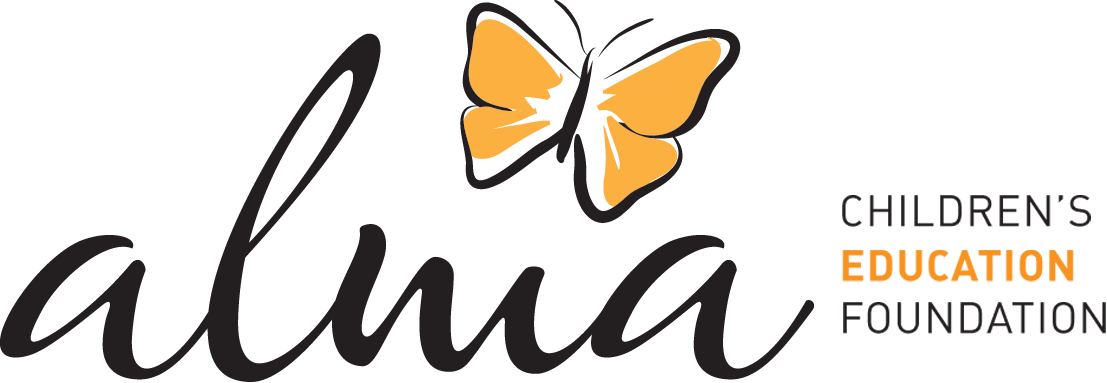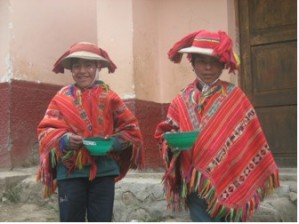By Yannick Wende, Program Director
Last week I was up in Patacancha to witness a key event in the evolution of our Patacancha Trout Farm Nutrition Project.
A key step in making the project self-sustaining was for the community to make their own trout food (rather than us buying it and transporting it up to Patacancha). This was supposed to happen earlier this year, but problems with the delivery of machinery and then parts and then further delays had frustrated me very much. So when all the machinery was there and ready I felt like a knight finishing winning a battle against all odds!
Our next challenge was actually making the food. As all of us were looking at the machines, many of us had questions about them in our heads that probably were not expressed publicly. How do they work? What do we do now? How are we going to get the formulas and mixing going? However, we all knew that each and every one of us was willing and ready to learn the answers and that it would be a team effort to actually proceed to the next level. Also, as part of the project we have access to an aquaculture expert, David Sendero from Urubamba, and so we brought him up to help out.
I found myself learning all about the “inputs” that go in to the trout pellets, and learning where to find all the ingredients was a challenge that took many of my nights of sleep. The inputs can be divided in to two main groups: dry and fresh ones.
The dry materials were not a problem finding at all, as these are mainly based on Soy Paste, Wheat, and Fish Powder. The problem was finding the fresh materials, as these are bases on Cow blood, Cow Liver and other organs that can load up the protein weight on the food. These materials were yet again another great task not only to find, but to actually transport them to the communities in a healthy and fresh state.
After many days of planning the first delivery of the materials for the trout food, we finally organized ourselves and set up everything to get all the materials up to the community at once. Anticipation was in the air, not only for the delivery but also for actually seeing the final product. Once the materials made it up there safe and sound for the very first time, it was a huge relief.
And, as you can expect, next time I was up there I walked into the machinery room, and there on the floor on top of a plastic sheet it was: white, neat looking pellets. Drying up, mixed and cut, it was Patacancha’s first finest brew of trout food!
It was moving to watch and to finally be able to call this journey a “success”. The food now is produced there in significant quantities, and not only food for trout, but this food is also being prepared for different age stages of the fish:
-Inicio – Initial
-Crecimciento 1 – Semi Mature
-And Crecimiento 2 – Mature
The only food that we still buy for the trout farm is Pre Inicio (Pre initial) used for fish larva, newly born.
Now Patacancha for us not only represents a project, it is at the headline of what we could define as a “Sustainable” project, and not only that but also a project where the community has gone through the entire process with us and has learned along the way and now manages it almost completely. It was well worth all the hassle and I guarantee that the interest in keeping the project running has already been awaken in the community and that the confidence of the people in general in the community has risen, now that they have their own trout farm in the school.
I believe the trout nutrition program will not only make the school a better place to study but it will set an example for the kids in the school of a project owned and run by the community itself.
I hope that the new trout food will make this really good tasting trout even better tasting!




